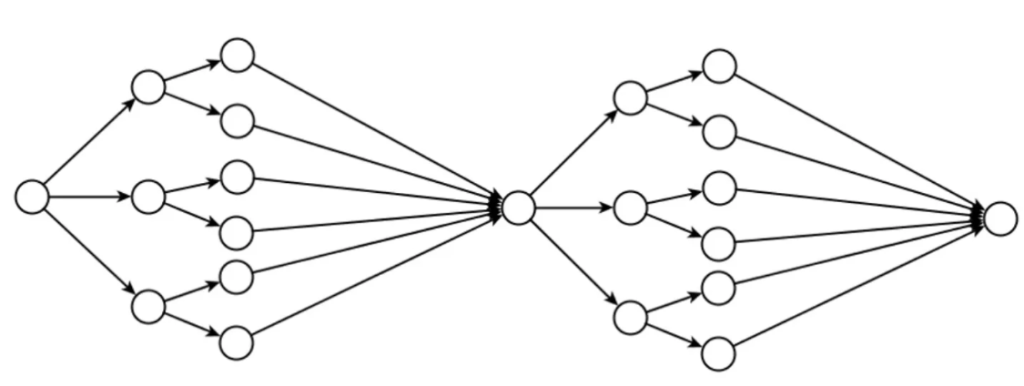A game’s story and narrative could very well be the key point as to whether players will be invested enough to spend the time play out a game to the very end. As my game’s story is its minor focus, this is especially important for my GDD and my game as a whole.
My game’s story will be crucial for a number of reasons:
- It will allow the player to become more immersed within the world
- Allows the hidden commentary on abuse to become more apparent
- Indicate the player’s , more specifically the player character’s, role within the game world
Narratives and stories as a whole allows have or follow some sort of structure, this is to ensure that the complexities and key plot points aren’t made incoherent – allowing the consumer/reader/player etc. to easily digest what is happening. Not all stories follow one specific formation, however, most stories follow a generic three act story approach:
- Introduction – The set up for the story (Answers a lot of questions, Who? What? Where? etc.)
- Confrontation – The largest part of the story (The trials and tribulations of the hero)
- Resolution – How the story comes to a close (The “Grand Finale”)
How does this effect my game?
All stories will have a narrative path, however, games are different as they are an interactive form of storytelling. The consumer – in this case the player – is able to change certain outcomes of the story depending on their actions, unlike other forms of storytelling such as TV, Movies, Books etc.



Differences in narrative path can easily change the design of the game world, for example: In a game where all choices lead to the same conclusion, it doesn’t matter in which order the player is able to experience and/or explore certain choices as it doesn’t mess with the games continuity. One example of this is a game like Zelda: Breath of the Wild – although not a traditional storytelling game it still has an overarching story and is similar in genre to my game – as the player is able to defeat the divine beasts in any order that they wish as it doesn’t effect the conclusion of the game.
However, in games where earlier choices within the game close off certain choices, those physical areas in the game world where those options are made available must also be closed off as the continuity of the game would be broken. An example of this would be Telltale’s The Walking Dead, as choices made throughout the game will impact what endings are available to the player and therefore change what choices are made available to the player
Therefore, I must make the story of my game apparent before I am able to create a map for the player to explore.
Task 9 – Deck of Stories
The objective of this task was to portray the strengths of a good cohesive story and how they could benefit our games.
For this task, we were provided with a miniature booklet with small pieces of the story of Adam and Eve – our task was to take 5 random pieces and re-arrange them to try and create a story that made sense. One thing that we had noticed was that although most of these pages were vague enough to be scattered throughout the middle of the story. The beginning (Introduction) and end (Resolution) weren’t good enough to create a meaningful and satisfying story – highlighting how a good start and finish is essential to creating a good story.

Task 10 – Laying out a story
This task had us create 10-12 pages of a pre-existing story. Due to the limit of small pages we were confined to, we decided to choose a simple story being the fairy tale “Goldilocks and the three bears”. This activity forced us to decide on the most important events of the story and stick to those and only those – at first we decided on the beginning and end as those would be most important. It was quicker and more efficient for my partner and I to fill out the gaps between the beginning and end as opposed to going from start to end.

Review
The narrative and story of a game is much different to that of traditional media, as the outcome can be directly changed and influenced by the person experiencing it (the player). Personally, I see this as an advantage when it comes to storytelling in video games and I want to be able to utilize this within my game.